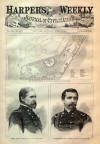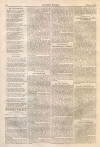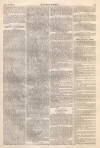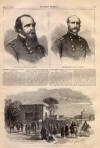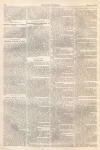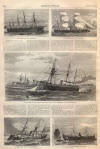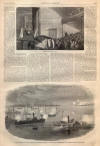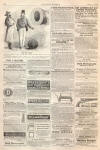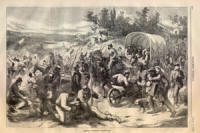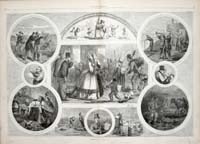European Ironclads
|
|
This Site:
|
HARPER'S WEEKLY. 220 EUROPEAN IRON-CLADS.THE illustrations here given are types of the style of iron-clad steamers which have been finally adopted by the French and English Governments. They are based upon the general idea of plating men-of-war of the old models with iron of sufficient thickness to resist the shot from guns which they think can be advantageously worked on ship-board. From 4 to 5 inches of solid plates is the thickness fixed upon. The ponderous old three and four deckers are, with the exception of the French Solferino and Magenta—which have two decks, and are only plated in the middle—cut down to one. Otherwise the armament is disposed of, as in the old men-of-war, in broadside. Thus the English Minotaur, of 10,000 tons, has 50 guns ; the French La Couronne, 6000 tons, has 40 guns. The Invincible is of nearly the same tonnage and armament. The floating-battery Le Saigon is designed solely for harbor defense. The first French and English iron-clads are now conceded to be failures. Of these a competent English writer says : " The mere multiplication of men and guns in great ships is, as Raleigh urged almost three centuries ago, not only a waste of means but a diminution of efficiency, as huge floating castles were slow in manoeuvring, and limited in their movements by the depth of water which they drew. Whenever we have the misfortune to be engaged in a maritime war such will be found to be the case of our great show ships Warrior, Black Prince, and the like." The trial-trips of these vessels were wholly unsatisfactory. They were even less seaworthy than our own " Monitors," which were never designed for sea-going vessels. If, however, we can judge from the reports of the trial-trip made last October of the new French iron-clads, of which the Magenta and Invincible are types, their performances at sea were wholly satisfactory, and the French have practically solved the prob lem of building armored vessels of fair speed which may safely be dispatched upon distant service. They are, however, simply ships of war plated with four or five inches of iron, with a great amount of exposed surface, capable of fighting only broadside on, and thus in their numerous port-holes presenting many especially vulnerable points. If mere target experiments prove any thing, we may be assured that four or five inches of iron are no match for the heaviest modern artillery. But European constructors appear to go on the assumption that these heavy guns can not be used on shipboard, and hence the armament of these vessels is formidable rather from the number of pieces than from the , power of any one singly. Our own iron-clads, with the exception of the Ironsides and the Roanoke, are constructed on a wholly different theory. We believe that the ship which can deliver the hardest blows will, other things considered, be most effective. We there- [April 2, 1864. fore construct our ships so as to leave the least possible surface exposed to the fire of the enemy, and to offer the fewest possible vulnerable points, concentrating their main offensive power into two or four guns mounted in revolving turrets. The exposed surface, being smaller, can be more heavily armored, with no increase of aggregate weight. Instead of the four or six inches of plating on the European vessels, our turrets have from nine to thirteen—a thickness which, as far as is shown by any (Next Page) experiments hitherto made, is not penetrable by any artillery yet constructed. While, as we think, our iron-clads are thus safe from any fire which could be brought to bear upon them from a hostile vessel, they are furnished with a pair of guns, one or two shots from which, fairly delivered, would destroy any French or English iron-clad. We think that no European vessel could deliver as heavy a fire as that which our "Monitors" have undergone before Fort Sumter with no essential damage, while THE ENGLISH IRON-CLAD "MINOTAUR."THE FRENCH IRON-CLAD "LA COURONNE."TRIAL TRIP OF THE FRENCH IRON-CLAD FLEET.—THE "MAGENTA" IN THE FORE-GROUND.THE FRENCH IRON-CLAD "L'INVINCIBLE."THE FRENCH FLOATING BATTERY "LE SAIGON."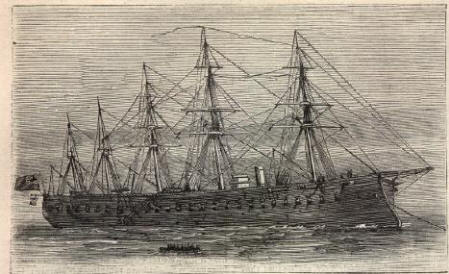 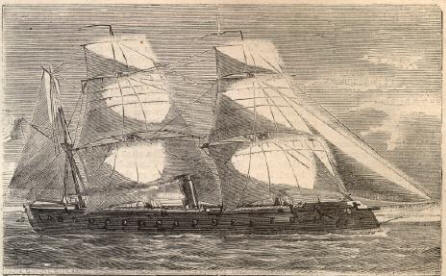 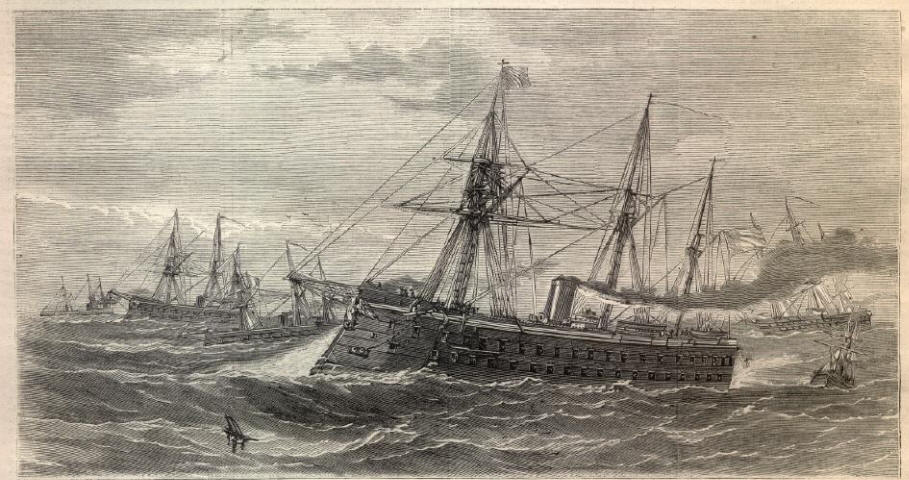 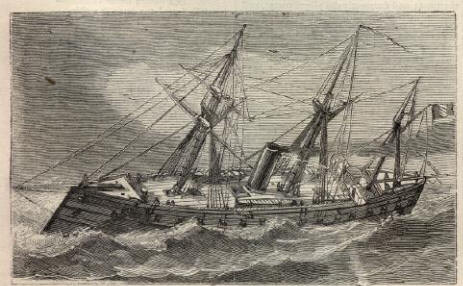 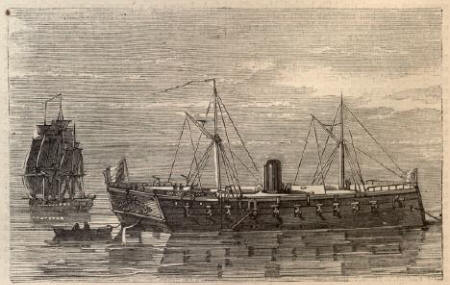 |
||||||||||||||||||||||
|
|
||
|
|
Site Copyright 2003-2018 Son of the South. For Questions or comments about this collection, contact paul@sonofthesouth.net |
|
|
Are you Scared and Confused? Read My Snake Story, a story of hope and encouragement, to help you face your fears. |
||
